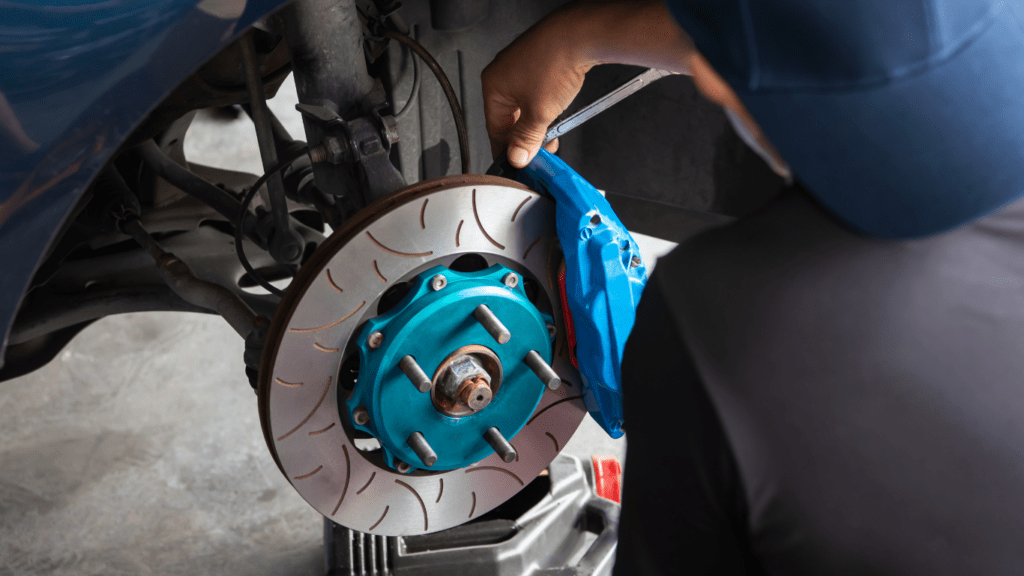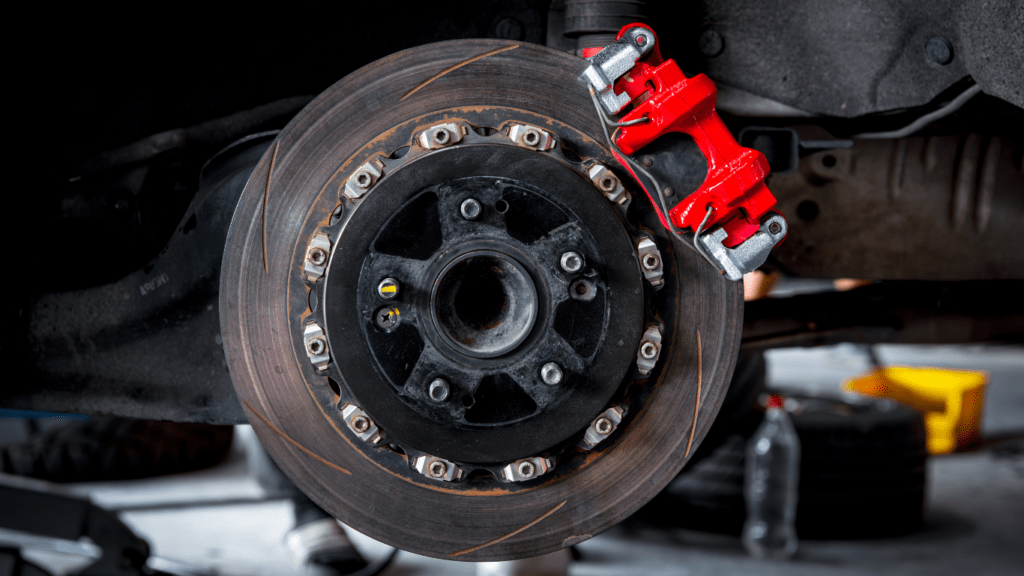The Importance of Brake Maintenance
Brake maintenance ensures vehicle safety and longevity. Neglecting brakes can lead to severe consequences.
Signs You Need Brake Service
Observing specific signs indicates the need for professional brake service. Look out for these:
- Unusual Noises: Squeaking or grinding sounds suggest worn brake pads or damaged rotors.
- Spongy Brake Pedal: A soft or spongy pedal often indicates air in the brake lines or fluid leaks.
- Dashboard Warning Lights: Brake warning lights signal issues requiring immediate attention.
- Vibrations: Vibrations or pulsations felt through the pedal might point to warped rotors.
- Longer Stopping Distances: Increased stopping distances indicate worn brakes, which compromise safety.
Identifying these signs helps prevent further damage and ensures safe driving.
Regular Maintenance Tips
Adopting regular brake maintenance extends brake lifespan and enhances performance. Consider these tips:
- Check Brake Fluid: Periodically inspect fluid levels and top off as needed.
- Inspect Brake Pads and Rotors: Regularly check for wear to replace them timely.
- Bleed Brake Lines: Eliminate air from the brake lines to maintain firmness in the pedal.
- Monitor Brake Performance: Pay attention to reduced responsiveness or pulling to one side.
- Schedule Professional Inspections: Have brakes professionally inspected annually or per the manufacturer’s guidelines.
Following these tips keeps the braking system in optimal condition, ensuring a reliable and safe driving experience.
Recognizing Brake Issues

Recognizing brake issues ensures vehicle safety and performance. Below are specific signs and symptoms indicating potential brake problems.
Unusual Noises and Their Meanings
Unusual brake noises usually signal underlying issues. Squeaking often indicates worn brake pads. Grinding suggests severe wear, potentially damaging rotors.
Clicking or rattling noises might come from loose components. Addressing these sounds promptly prevents further damage and maintains optimal braking performance.
Physical Symptoms of Brake Wear
Physical symptoms of brake wear compromise safety. A spongy brake pedal often points to air in the brake lines or low brake fluid. Vibrations or pulsations during braking usually indicate warped rotors. Longer stopping distances may result from worn brake pads or fluid leaks. Timely professional checks prevent these risks, ensuring reliable braking.
When to Seek Professional Brake Services
Understanding when to seek professional brake services ensures your vehicle’s safety and performance. Here are specific instances that necessitate expert attention.
After an Accident
Collision damage often impacts a car’s braking system. After any accident, get a professional brake inspection. Even minor impacts can misalign or damage components such as calipers or brake lines, compromising braking efficiency.
During Routine Maintenance
Scheduled maintenance always includes a brake system check. Regular inspections detect wear-and-tear early, preventing more significant issues. During these checks, technicians examine brake pads, rotors, fluid levels, and other critical components to ensure they function correctly.
Choosing the Right Brake Service Provider
Selecting the right brake service provider ensures your vehicle’s safety and performance. Here, I’ll outline key factors to consider.
What to Look for in a Professional
Certifications: Ensure the provider holds certifications from organizations like ASE (Automotive Service Excellence). Certified technicians have undergone rigorous training and assessments.
Experience: Look for providers with at least five years of experience in brake services. Experienced mechanics can quickly identify and resolve issues.
Reputation: Check online reviews and ask for testimonials. Positive feedback from previous clients indicates reliable service.
Warranties: A trustworthy provider offers warranties on both labor and parts. This assurance guarantees quality work and parts reliability.
Facilities: Modern, well-equipped facilities indicate a professional environment. Up-to-date diagnostic equipment ensures accurate assessments and effective repairs.
Questions to Ask Your Mechanic
Cost Estimates: Ask for a detailed breakdown of costs before authorizing work. This transparency helps avoid unexpected charges.
Parts Quality: Inquire about the quality and brand of parts used. High-quality parts typically have longer lifespans.
Service Timelines: Request an estimated timeline for the service completion. Timely repairs reduce downtime and ensure your vehicle’s safety.
Past Experience: Ask if they’ve dealt with similar brake issues in the past. Experience with specific problems ensures effective solutions.
Payment Options: Check if they offer installment plans or financing. Flexible payment options can make costly repairs more manageable.
By focusing on these aspects, you’ll ensure you choose a reliable and competent brake service provider.

